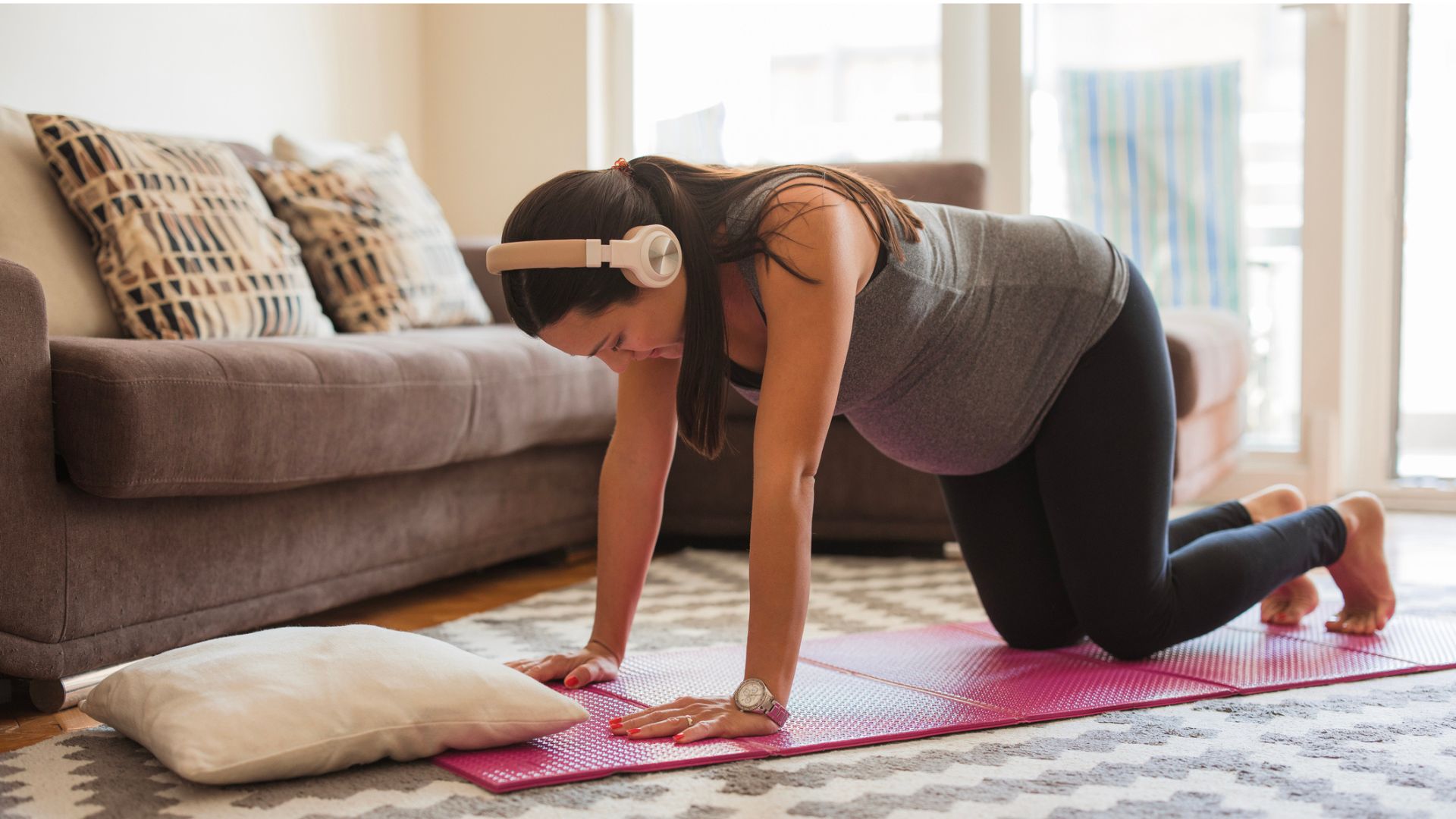
Your core muscles wrap around your mid-body and support your spine, so strengthening them can sometimes alleviate back pain.
An excellent—and in my opinion, much underrated—exercise to do this is the bear plank.
I recently came across an upgrade to the move from certified trainer and author of Strong: The definitive guide to active ageing, Jacqueline Hooton, who introduced me to the ‘bear plank row’.
I got in touch with Hooton to find out more.
Why the bear plank is good for core strength
Unlike sit-ups and crunches, the bear plank targets more than just your front abdominal muscles.
It also engages deep-lying core muscles like the transverse abdominis, which wraps around your midsection, along with the obliques on the side of your abdomen.
Strengthening these muscles can support your spine and benefit everyday movements.
“A strong core enables you to generate greater power and strength in sport and athletic endeavours, as well as during daily activities," says Hooton.
“Plus, a strong core aids posture and balance; whether you are lifting a heavy box from the floor, hitting a shuttlecock with a racket or just trying to put a sock on your foot while standing on your other leg."
How to do the bear plank row
If you’re new to exercise, Hooton recommends trying a bear plank without the weight first, lifting up one arm at a time.
“See if you’re able to stabilize,” says Hooton. “You may find you’re able to stabilize on one side better than the other.
“If that feels doable, add a light weight—maybe 2-3kg [4-6lbs]. Some people will probably build up to between 5-8kg [11-18lbs], but it’s important that at every weight, the only thing moving is the arm in the row movement.”
Hooten suggests aiming for 30 seconds of work on each arm, resting briefly for 15-20 seconds between arms.
Why is building core strength important for your back?
Hooton explains that there's no single cause of back pain, but sitting too much can weaken your abdominal muscles and create stiffness in your back. Rebuilding your core might reverse this.
“When the core muscles are working effectively together to support the spine, this can stop excessive strain to supporting structures and resolve back pain," adds Hooton.
“Restoring optimal functioning of core muscles often involves a combination of stretching tight and restricted muscles. Hamstring flexibility may also be important to address here—as well as strengthening weak muscles.”







